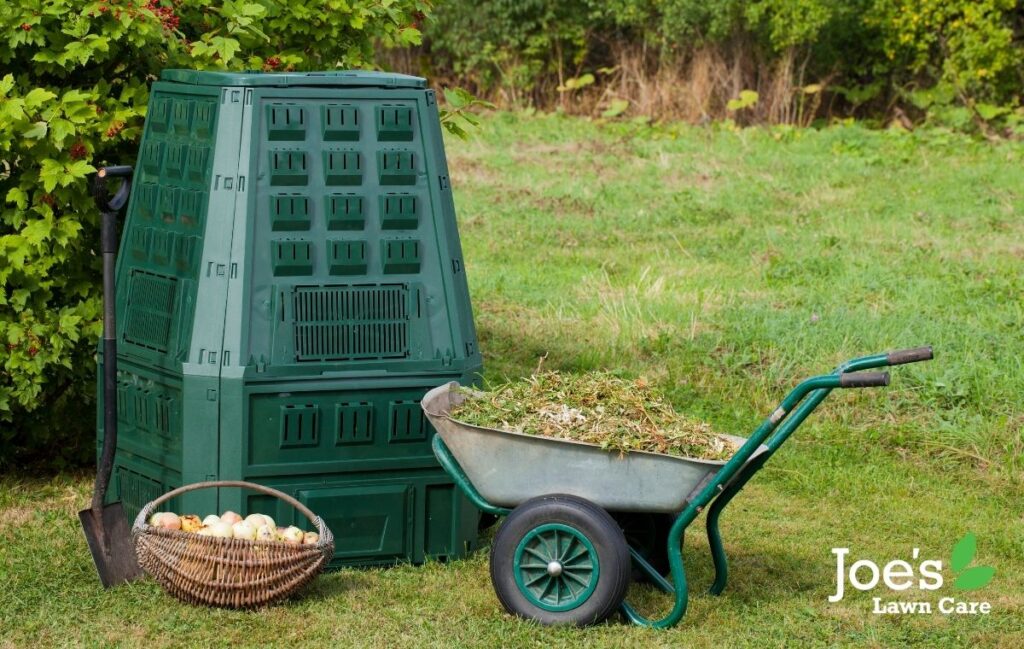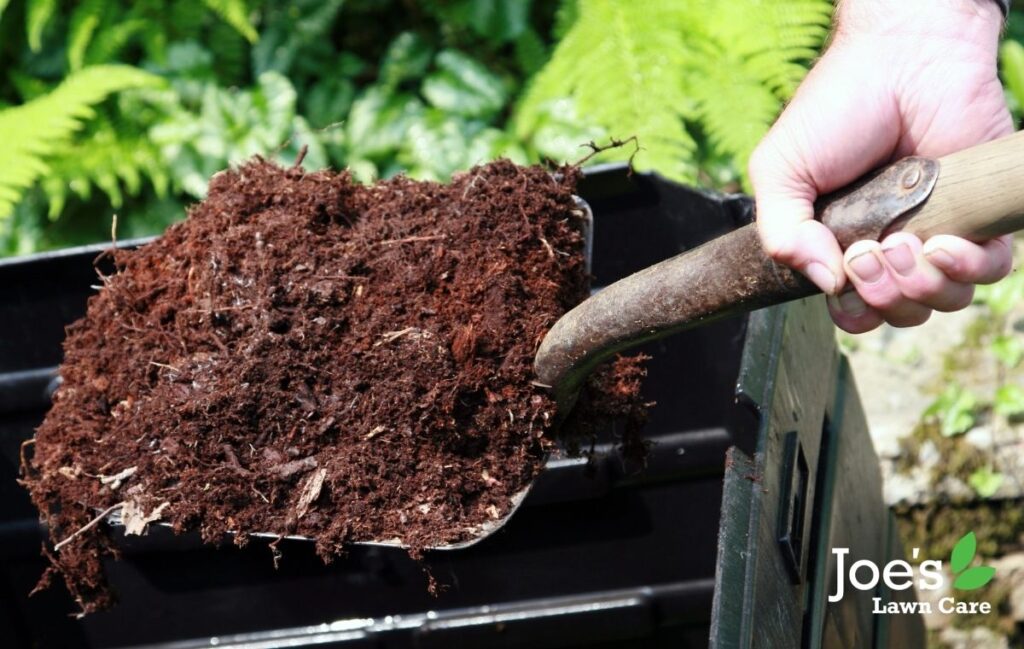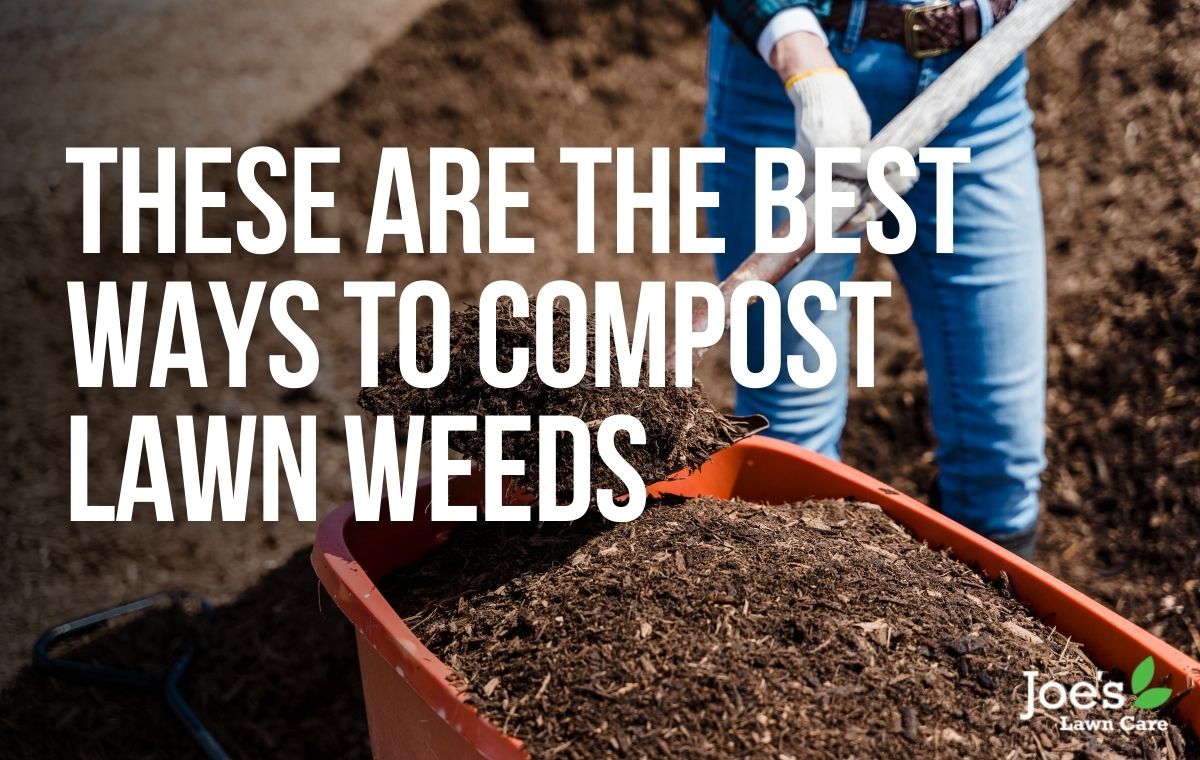You know how Dyson vacuums have become worldwide famous for their sucking prowess? Well, weeds suck even more. From weakening your grass plants to making your lawn look a bit rubbish. Weeds are one of those things you want to pull out at the root and get rid of forever. That’s where composting them comes in.
We know, we know. Spraying them with either an organic homemade solution or blitzing them with a commercial weed killer is the usual go-to. But compost is a seriously great way to recycle any organic material in your garden, including weeds.
Yepp. Along with all those dead flower heads, fallen leaves, wilting plants, grass clippings and all those pretty weird things you can compost. Weeds can actually be turned into a great soil amendment and nutritious mulch. All you need to do is throw them on to your compost pile and let them decompose naturally.
Of course, there are a few things worth knowing first in order to make sure these weeds do actually decompose and not come back with a vengeance. Ready? Let’s go:

Compost Like A Boss
It doesn’t matter whether you’re new to composting or an experienced composter. You will always find a few plants sprouting up after a spreading session. But while that can be nice with seedlings and flowers, no one wants to spread hundreds of dandelions or speedwell around your garden. That reality can be enough to have you stop composting weeds altogether. But we urge you not. You see, it only requires the slightest of adjustments to the way you compost to make sure any weeds you add are completely killed off for once and for all.
Why Weeds Are Real Survivors
In order for your compost pile to do its job of breaking down your organic material and killing off all seeds and roots you throw in there. The temperature needs to exceed 60°C. If it doesn’t, you’ll find a lot of weeds and seeds will actually survive your compost process, allowing them to quickly germinate in your garden once more. That’s where a compost thermometer can help you out big time. Unless you fancy shoving your hand in there to see if it’s uncomfortably warm to touch, in which case it’s gonna be warm enough to kill those weeds.

How To Hot Compost
The purists out there would skip the term ‘hot composting’ and just call this the “right way”. Either way, it involves regularly turning the pile and then encouraging it to hit that 60°C. This is so all the weed seeds are fully destroyed. To do this, here’s a quick guide to help you out:
Frequent turning:
Every single compost pile has a couple of cold spots that just don’t seem to ever warm up. Meaning it takes a literal age to break down your compost. That’s why it’s so vital you keep turning your compost to ensure all the material is given the heat to decompose.
Time is your BFF:
When it comes to hot composting, don’t keep adding new dollops of organic material throughout. No matter how small each addition is. Instead, leave your compost pile to do its thing until everything has been fully decomposed. And if you do gather new material to add, simply start a new pile while your original one breaks everything down. Pro tip: you’ll know when it’s ready to be used in your garden because no amount of turning will cause your compost to heat up.
Weed before you spread:
The reason your lawn (and the rest of your garden) loves fresh compost is due to the high nutrient levels. So if there are any weeds in your lawn, supplying them with said compost will only help them thrive. That’s why you should always weed your garden before adding fresh compost to your soil.
How To Cold Compost
Meet the new kid on the block, aka “cool composting”. The difference is the almost passive approach you take as this method doesn’t involve monitoring the temperature or regularly mixing it all together. Instead, it’s all about constantly adding fresh organic material to the top of the heap as the lower levels decompose. Meaning you simply take from the bottom of the pile. Is it easier? Yeah, you bet. Does it also take longer? Yeah, you bet. Here’s what you need to know:
Careful which weeds you add:
There are some weeds that require heat to be completely killed. So if you’re cool composting make sure you avoid adding these weeds to your pile altogether. We’re talking about morning glory, buttercups, bermuda grass, oxalis, quackgrass and crabgrass.
Avoid weeds that have seeded:
Most weeds are fine to compost using this method without causing any problems whatsoever. But throw them on after they’ve seeded and you’re in for a rude awakening. Take dandelions for example, throw them onto your compost pile after they’ve flowered. And you’ll find a dandelion epidemic springs up the moment you spread your compost around your lawn.
Bake those weeds:
Heating up your weeds before chucking them into your compost pile is a pretty surefire way to kill any seeds and roots. This is where pre-baking them comes in. From baking them inside a black bin liner for a few days to baking them on a sheet of metal laid out in the sun. And once they’ve been turned crispy they are ready for your compost pile with zero risks to worry about. Heck, you could even keep an old microwave in your shed and nuke your weeds first if you wanted to.
Thanks for reading our blog on ‘These Are The Best Ways To Compost Lawn Weeds’. For more lawn care tips and tricks, follow us on Facebook and Instagram.





